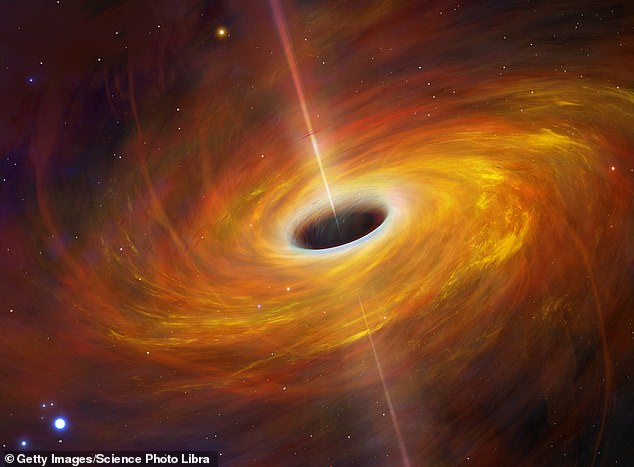
Could the Universe Collapse? Scientists Find Dark Energy’s Decline Hints at a ‘Big Crunch’
The Universe’s End: From Big Bang to Big Crunch?
[Image: Illustration of the Big Crunch]
The universe began with the Big Bang 13.8 billion years ago, but new research suggests it might end in a catastrophic “Big Crunch.” Scientists propose that dark energy—the mysterious force driving cosmic expansion—could be weakening, potentially allowing gravity to collapse everything into a scorching, dense fireball.
Shifting Understanding of Dark Energy
For decades, the standard cosmological model assumed dark energy was a constant force, ensuring endless expansion. However, the Dark Energy Spectroscopic Instrument (DESI) team has created the most detailed 3D map of the universe yet, charting 15 million galaxies and quasars. Their findings hint that dark energy’s strength may be decreasing over time.
Dr. Willem Elbers of Durham University explains, “Our new data suggests dark energy might be evolving. If true, it changes everything we know about the cosmos.” This revelation challenges Einstein’s assumption of a static dark energy and revives theories of a collapsing universe.
The Big Crunch Scenario
If dark energy weakens enough, gravity could reverse the universe’s expansion. Galaxies would collide, temperatures would soar to thousands of degrees, and matter would disintegrate into particles. Ultimately, the cosmos could implode into a singularity—a fiery end mirroring the Big Bang.
Paul Steinhardt of Princeton University warns this collapse could happen “remarkably quickly,” though timelines remain uncertain. The DESI Collaboration’s work, combining galaxy distribution data with cosmic microwave background (CMB) measurements, indicates inconsistencies in the standard model.
DESI’s Groundbreaking Research
[Image: DESI telescope in Arizona]
Housed at Kitt Peak National Observatory, DESI’s 5,000 robotic eyes capture light from ancient galaxies, measuring baryon acoustic oscillations—fossilized sound waves from the early universe. These “cosmic rulers” reveal how quickly space has expanded over billions of years.
The data suggests dark energy’s push against gravity has varied, a finding with 99.7% confidence. While not yet conclusive, it aligns with theories of evolving dark energy. Prof. Will Percival notes, “Occam’s razor now points to a more complex universe than we imagined.”
A New Cosmic Model?
If confirmed, weakening dark energy would upend cosmology. Current models struggle to reconcile DESI’s map with CMB and supernova data. Dr. Andrei Cuceu remarks, “The universe might be telling us it’s more complicated than we thought.”
While the Big Crunch remains theoretical, this research underscores the need for revised theories. For now, the universe’s fate hangs in the balance—between endless expansion and a fiery collapse.
[Image: NASA’s dark matter map]
Key Terms:
- Dark Energy: A theoretical force driving cosmic expansion.
- Big Bang: The explosive birth of the universe.
- Baryon Acoustic Oscillations: Ancient sound waves influencing galaxy distribution.
This discovery reminds us that the cosmos is ever-evolving, both in its physical form and our understanding of it.


